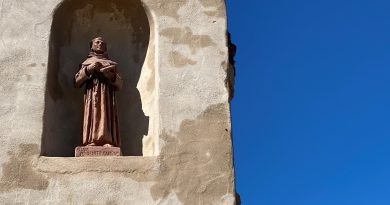The Colossus of Prora- the Nazi holiday camp
The Colossus of Prora on the Baltic Sea island of Rügen , was built on the orders of Adolf Hitler in the 1930s, according to the designs of a Nazi architect, Clemens Klotz — whose surname actually means block.
The manic aim: 20,000 people at a time were to vacation in the nearly five kilometer-long (3.1 mi) holiday camp, arranged by the Nazi “Kraft durch Freude” (Strength through Joy) organization, known as the KdF for short. Its mission was to control and bring into line the German population’s leisure time. All 10,000 rooms were to have a sea view, which explains the gigantic length of the structure.
Prora perfectly represents the Nazi regime’s megalomania — and its incompetence. When the regime instigated the Second World War in 1939, construction was discontinued. The complex was never completed. No KdF tourist ever vacationed in the “seaside resort for twenty thousand”. Instead, the housing blocks, which were shells, were used militarily — as barracks, for instance, first under the Nazi regime, and then in communist East Germany, the GDR.
After the Berlin Wall fell and Germany was reunited, the complex was officially historically listed. Museums and artists’ studios moved in, but large sections of the monstrous structure, considered the longest of its kind in the world, decayed.
Prora, its past, its architecture and the renovation of the monument by private investors remain controversial. Some visitors find the complex oppressive; others are glad it wasn’t torn down – that, too, was once considered. The controversial complex provides plenty of food for thought. Everywhere visitors exchange views.
The colossus has become a place to encounter both past and present. It continues to be an impressive monument but is now also an attractive holiday destination that is open to anyone who wants to vacation on one of Germany’s most beautiful beaches.




